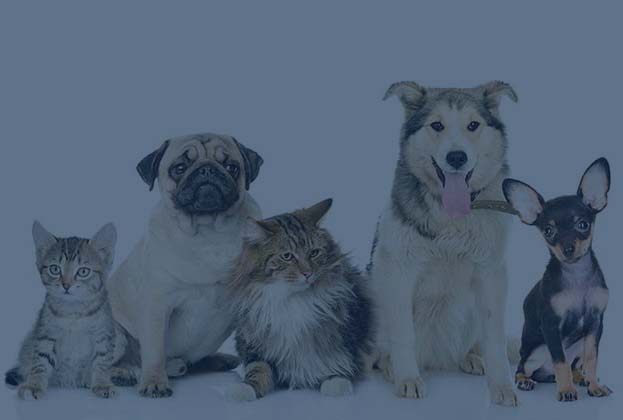
Understanding their nutritional requirements is important to help them live happier, longer lives
Most pets are not picky eaters. Since their affections are easily bought by food, pet owners oftentimes overindulge them. Excessive feeding and a general lack of awareness regarding the nutritional needs of animals has resulted in an alarming obesity epidemic, with more than half the dogs and cats in America being clinically overweight.
Just like with humans, it is important to regulate the calorie intake of your pets to help them live longer, healthier lives. The nutritional requirements of your pets will vary according to their breed, age, gender, reproduction capabilities, and level of activity. The Association for Pet Obesity Prevention has a chart listing the ideal weight ranges for cats and dogs, and this can be a starting point for getting your pet on a more controlled diet plan.
Dog Nutrition
Dogs are easy. They enjoy most of the foods that humans do and it is quite possible to bring them up as vegetarians, as long as you can supplement their foods with all essential amino acids. Consult your vet before you create a diet chart, as not all vegetables are safe. Depending on the breed, other foods that might be unsafe for dogs include salty treats, chocolate, chicken bones, and raw meat. Pets love the taste of fatty foods, and they help keep their coats and extremities healthy; however, just like with humans, excess fat can lead to several ‘lifestyle diseases’. If you cannot easily feel your dog’s ribs, it means they need an immediate change in diet and exercise regimen.
Cat Nutrition
Unlike dogs, cats need taurine, a vital amino acid that can be obtained only through animal protein, making them obligate carnivores. Besides, cats need almost twice the amount of proteins that humans and dogs need. This protein requirement cannot be met by off-the-shelf dry cat foods, as most of them are corn-rich and deliver 40% of the calories through carbohydrates. The most effective nutrition plan will include a mix of dry and canned foods, as the latter contains water. Cats do not feel thirsty often, so it is important to sneak water into their diets to keep them hydrated and free of infections. In addition to these diet plans, make sure that your feline pets get frequent, short bursts of exercise.
Listen to the Vet
Sometimes, all the information available online can be overwhelming. Consult your neighbourhood vet to understand what would diet and exercise regimen would work best for your pet. A timely switch to preventive healthcare can save both you and your pet a lot of inconvenience and pain, and help them live much happier lives.
Useful Links:
Pet Nutrition Alliance has a Nutritional Calculator for both dogs and cats
The Association of American Feed Control Officials (AAFCO) offers tips on reading dog/cat food labels

